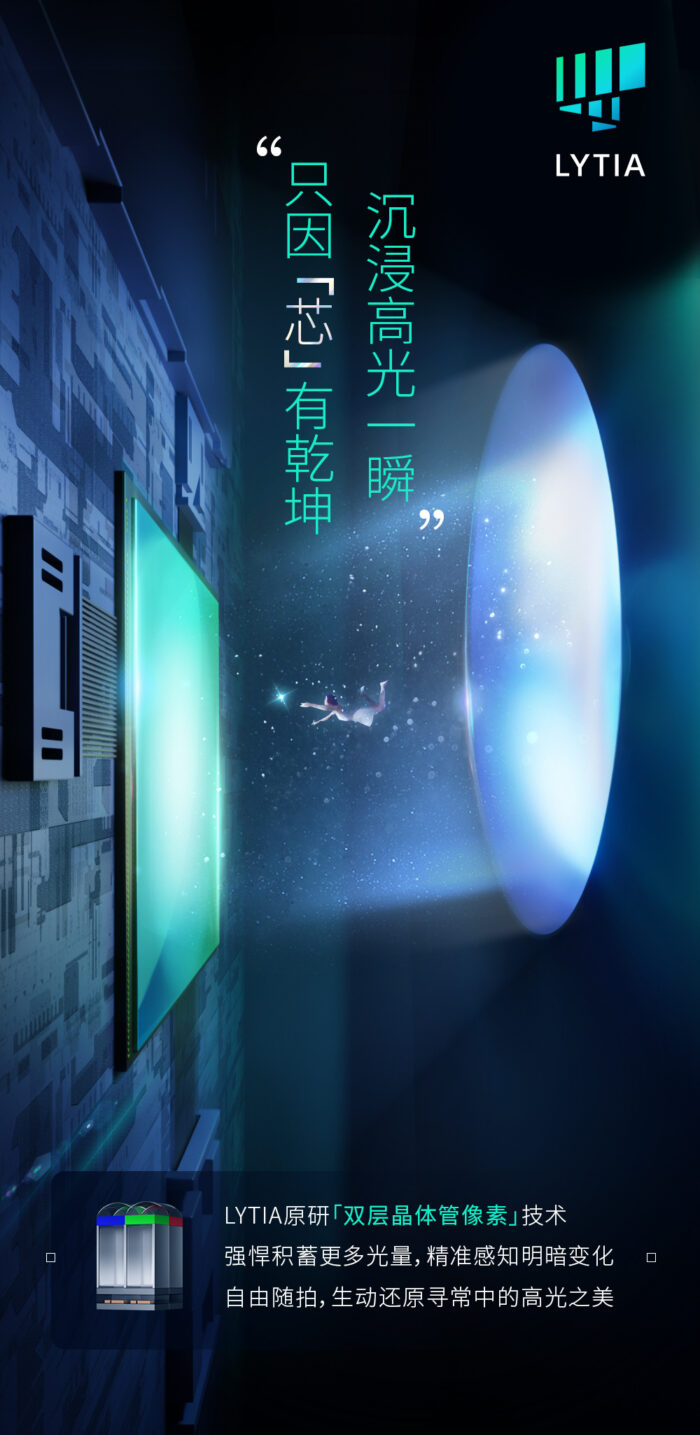Sony image sensors have become the industry standard for extremely high image quality and performance. Their innovations offer high-resolution photography and advanced features for smartphones, cameras, and other devices.
This morning, Sony Semiconductor announced that its LYTIA image sensor brand has collaborated with OPPO to launch a LYTIA image sensor lineup with dual-layer transistor pixel technology in combination with OPPO’s Super Light and Shadow Image Engine.
According to the official announcement, Sony will use computational light and shadow in its new sensor, and OPPO claims that this will be the next era of computational photography. However, this technology is not new. It was launched in early 2021 and has been integrated into Sony’s Xperia 1 V smartphone.
In LYTIA’s dual-layer transistor pixel technology, the first layer is a photodiode, and the second layer is a transistor. The first layer helps detect light, and the second layer helps store and process light information. Both work together to capture more light, reduce unwanted spots in the picture, and handle lighting situations.
This collaboration means that OPPO’s next-generation smartphones will use this camera technology. It’s worth noting that OPPO has also previously developed its own imaging-specific NPU chip, Mariana X. However, after ZEKU’s self-developed chip business was terminated, it seemed a better choice for OPPO to cooperate with other manufacturers.
Previously, WHYLAB revealed that the OPPO Find N3 will come with a LYTIA image sensor (LYT800), a 53MP sensor with the same specifications as the Sony IMX888. The vivo X100 series is also expected to use this new sensor.
